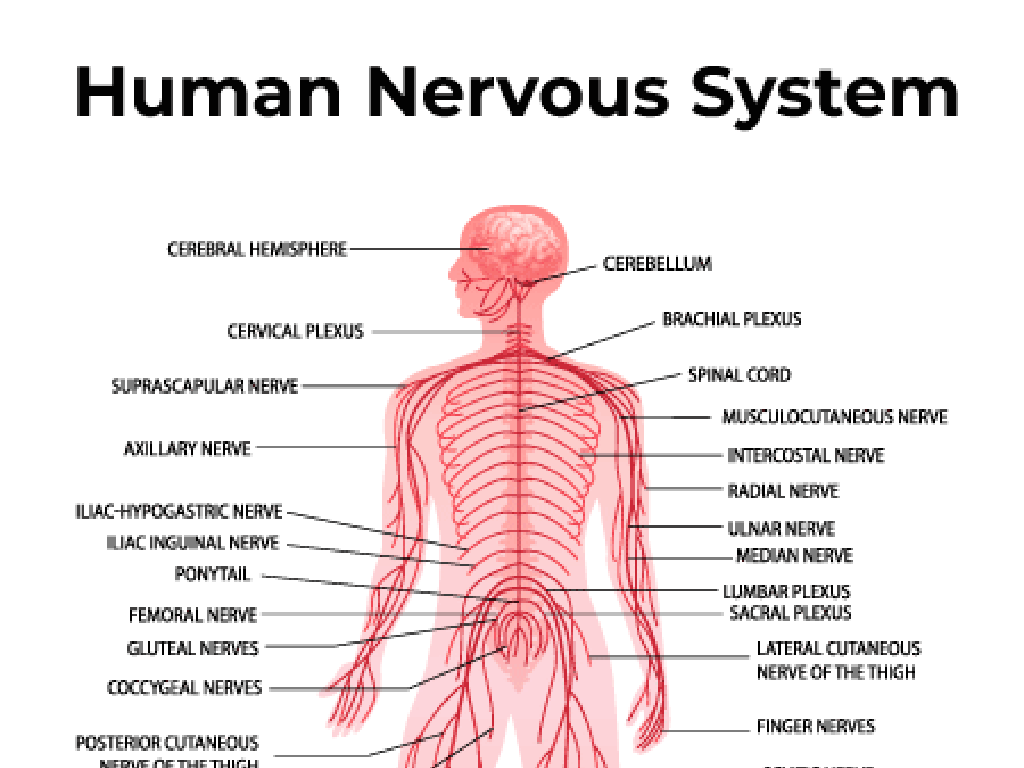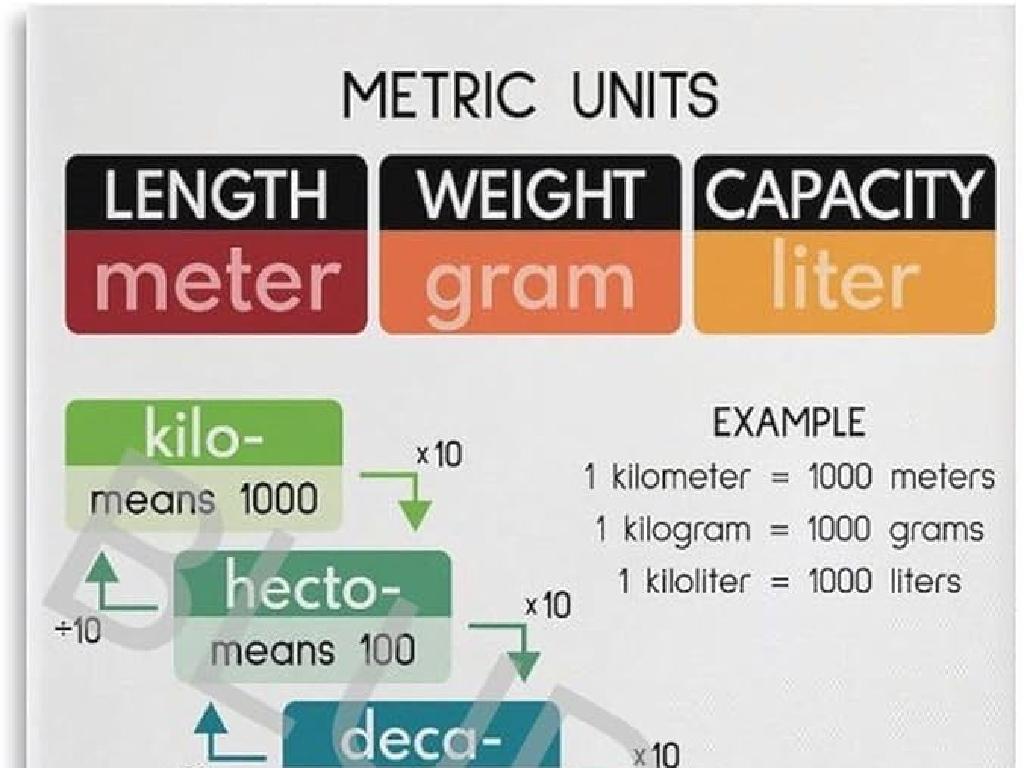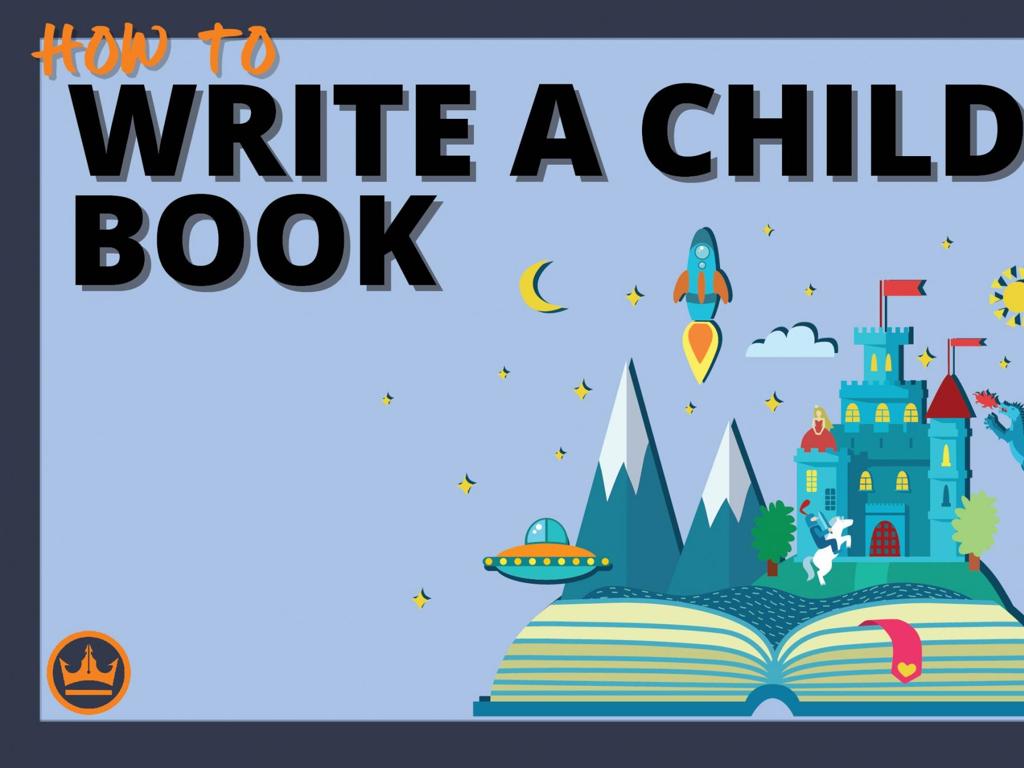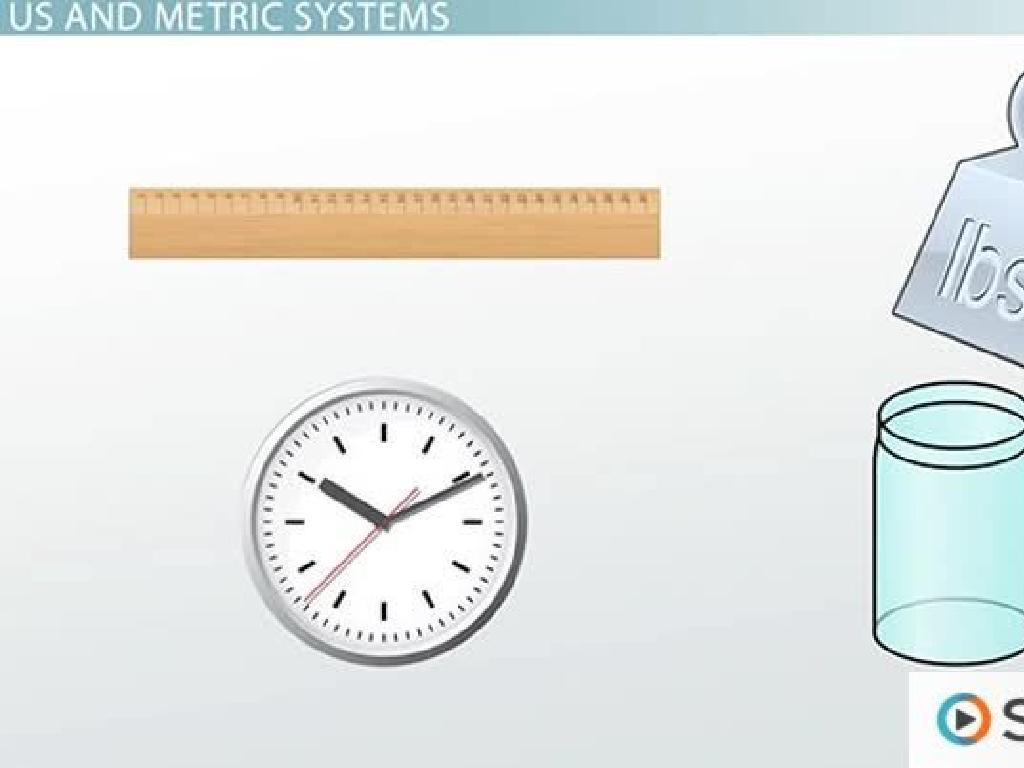Form Pronoun-Verb Contractions
Subject: Language arts
Grade: Third grade
Topic: Contractions
Please LOG IN to download the presentation. Access is available to registered users only.
View More Content
Welcome to Contractions!
– Understanding contractions
– A contraction is a shortened form of words like ‘do not’ to ‘don’t’.
– The purpose of contractions
– We use them to make speaking and writing quicker and easier.
– Common contractions examples
– ‘Can’t’ for ‘cannot’, ‘I’m’ for ‘I am’, ‘she’ll’ for ‘she will’.
– Practice forming contractions
– Let’s turn ‘will not’ into ‘won’t’. Can you try with ‘he is’?
|
This slide introduces the concept of contractions to third-grade students. Begin by explaining that contractions are a way to shorten words to make them easier and faster to say and write. Emphasize that while contractions are informal, they are very common in everyday language. Provide examples of common contractions and explain the apostrophe’s role in showing where letters have been left out. Encourage students to practice by creating contractions from given pairs of words, and prepare them for an activity where they will identify and form contractions in sentences.
Understanding Pronouns and Contractions
– What is a pronoun?
– A pronoun is a word used instead of a noun
– Examples: I, you, he, she, it, we, they
– ‘I’ for yourself, ‘you’ for someone you’re talking to
– Pronouns take place of nouns
– Like saying ‘Alex’ is ‘he’ or ‘Emma’ is ‘she’
– Pronouns can join with verbs
– ‘I am’ becomes ‘I’m’, ‘he is’ becomes ‘he’s’
|
This slide introduces the concept of pronouns and their role in forming contractions, which are a key part of English grammar. Pronouns are words that replace nouns and can simplify sentences. Provide examples of pronouns in sentences, such as ‘Alex is here’ changing to ‘He is here.’ Explain that contractions are made when pronouns and verbs come together to form shorter words, like ‘I am’ becoming ‘I’m.’ Use common examples and encourage students to come up with their own. In the next class, practice forming contractions with different pronouns and verbs to reinforce the lesson.
Understanding Verbs and Contractions
– What is a verb?
– A verb is a word used to describe an action or state.
– Examples: is, are, will, would
– ‘is’ as in ‘he is’, ‘are’ as in ‘they are’, ‘will’ as in ‘I will’, ‘would’ as in ‘she would’.
– Verbs show actions or states
– Like ‘run’ for action or ‘seem’ for state of being.
– Forming contractions with verbs
– We combine a pronoun and a verb to make a contraction, like ‘I am’ becomes ‘I’m’.
|
This slide introduces the concept of verbs to the students, explaining that verbs are words that show action or a state of being. Provide clear examples of verbs, such as ‘is’, ‘are’, ‘will’, and ‘would’, and use them in simple sentences. Highlight that verbs are important in forming contractions with pronouns, which is a key skill in writing. Encourage students to think of verbs they use every day and how they might contract them with pronouns. For example, ‘he is’ becomes ‘he’s’ and ‘they will’ becomes ‘they’ll’. This understanding will set the foundation for learning about pronoun-verb contractions in more detail.
Forming Pronoun-Verb Contractions
– Combining pronouns and verbs
– Apostrophes show missing letters
– An apostrophe takes out letters to shorten words
– Example: I am becomes I’m
– ‘I am’ is shortened to ‘I’m’ by removing the ‘a’
– Example: she will becomes she’ll
– ‘she will’ is shortened to ‘she’ll’ by removing the ‘wi’
|
This slide introduces students to the concept of contractions, focusing on those formed with pronouns and verbs. Explain that contractions are a way to shorten words by combining them and using an apostrophe to replace the letters that are taken out. Provide clear examples, such as ‘I am’ becoming ‘I’m’ and ‘she will’ becoming ‘she’ll’, to illustrate the concept. Emphasize the role of the apostrophe and ensure students understand that it shows where letters have been removed to form the contraction. Encourage students to practice by creating their own examples of pronoun-verb contractions.
Practice Time: Making Contractions
– Let’s practice contractions
– Interactive contraction examples
– We’ll combine pronouns and verbs, like ‘I am’ to ‘I’m’
– Learn to avoid common mistakes
– ‘Would not’ becomes ‘wouldn’t’, not ‘would’nt’
– Class activity: Correct the sentences
– Find and fix contractions in provided sentences
|
This slide is for an interactive class activity focused on forming pronoun-verb contractions. Begin by explaining contractions and their use in everyday language. Engage the class with interactive examples, writing sentences on the board and having students help create the contractions. Highlight common mistakes, such as misplaced apostrophes, and explain the correct form. For the activity, provide sentences with incorrect contractions and have students correct them. This hands-on approach reinforces learning and helps students remember the rules for creating contractions. Possible activities include: 1) Pair students to write a short story using contractions, 2) Create a contraction matching game, 3) Have a ‘fix the mistake’ race, 4) Use worksheets with fill-in-the-blank contractions, 5) Encourage students to write sentences on the board for the class to correct together.
Your Turn: Create Your Own Contractions
– Write sentences with contractions
– Use ‘I am’ to make ‘I’m’
– Example: I am happy to see you becomes I’m happy to see you
– Turn ‘she will’ into ‘she’ll’
– Example: She will come to the party becomes She’ll come to the party
– Share your sentences in class
|
This activity is designed to help students practice forming contractions, which are shortened forms of words (or groups of words) that are created by omitting certain letters and sounds. In this exercise, students will write their own sentences using common contractions, focusing on pronoun-verb pairs such as ‘I am’ to ‘I’m’ and ‘she will’ to ‘she’ll’. After writing their sentences, students will have the opportunity to share them with the class, which will help reinforce their learning and build confidence in using contractions. As a teacher, provide guidance and examples on the board, and encourage creativity. Be prepared with additional examples for students who may need extra help, and consider pairing students for peer review before sharing with the class.
Class Activity: Contraction Hunt!
– Find contractions in a favorite book
– Pair up and list contractions
– Discuss the author’s use of contractions
– Why did the author choose to shorten words?
– Share findings with the class
|
This interactive class activity is designed to help students recognize and understand the use of contractions in writing. Students will work in pairs to search for contractions within a book they enjoy, fostering collaboration and discussion. Encourage them to think about how contractions make the text more conversational or easier to read. After listing the contractions they find, pairs will discuss the purpose behind the author’s choice to use contractions and then share their thoughts with the class. Possible activities for different pairs could include finding contractions in different genres of books, creating a contraction collage, or even writing a short story using contractions. This will help students see the practical application of contractions in various contexts.
Conclusion: The Power of Contractions
– Understanding contraction usefulness
– Contractions make writing and speaking quicker and more natural.
– Reviewing today’s key lessons
– We learned how to combine pronouns and verbs to form contractions.
– Quick quiz on contractions
– A fun quiz will help us remember what we’ve learned!
– Encouragement for practice
|
As we wrap up today’s lesson on pronoun-verb contractions, emphasize the importance of contractions in making communication more efficient and friendly. Review the key points, such as common contractions like ‘I’m’, ‘you’re’, ‘he’s’, and the rules for creating them. Conduct a quick, informal quiz to assess the students’ understanding and retention of the lesson. Encourage the students to practice using contractions in their daily speaking and writing to become more comfortable with them. Remember to praise their efforts and progress to boost their confidence.





